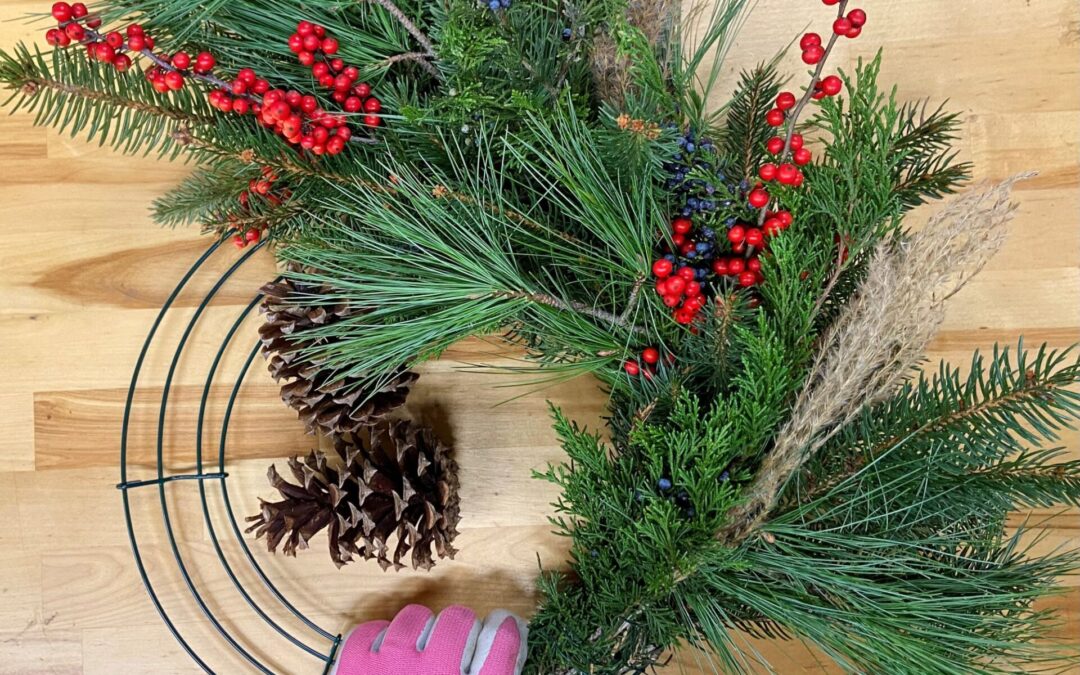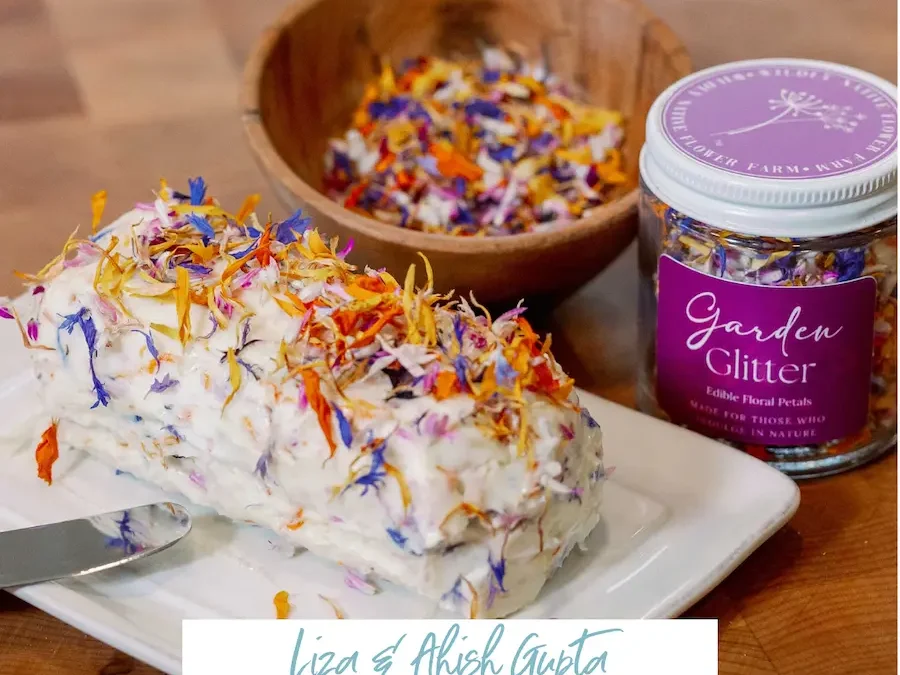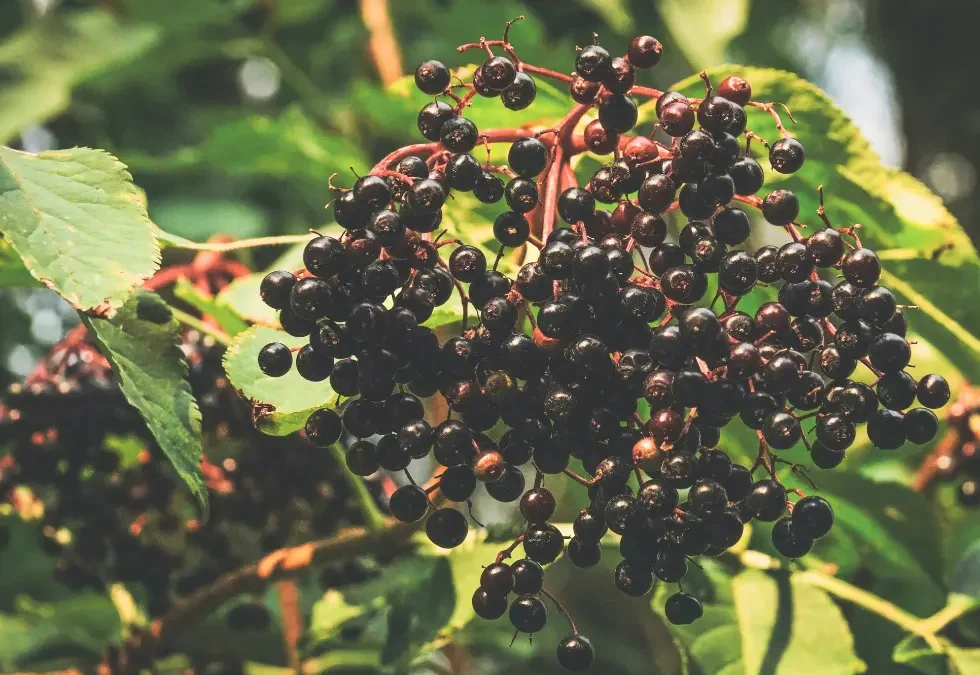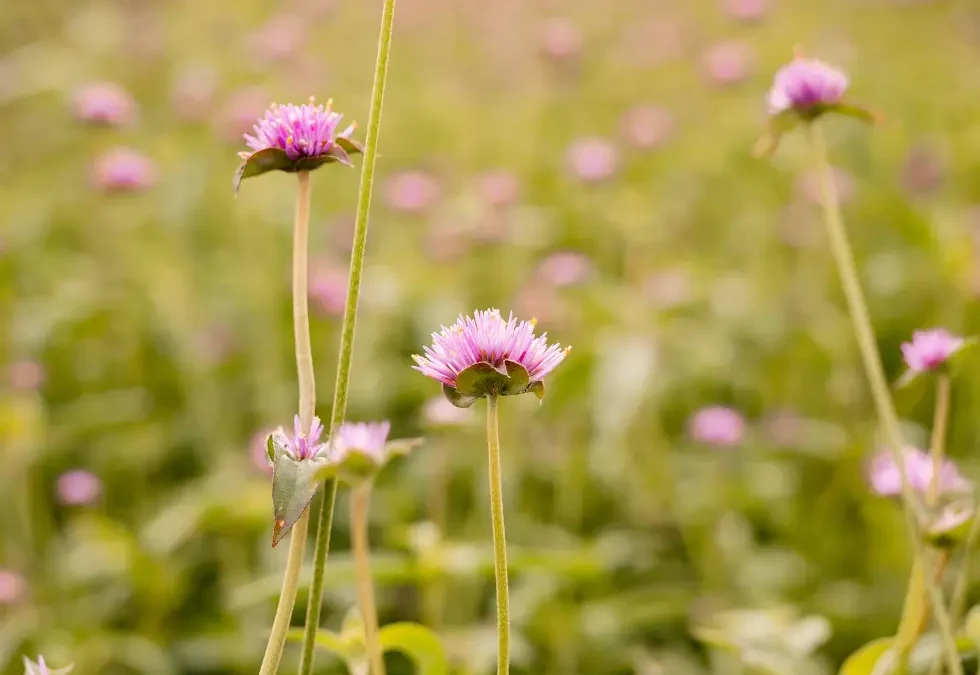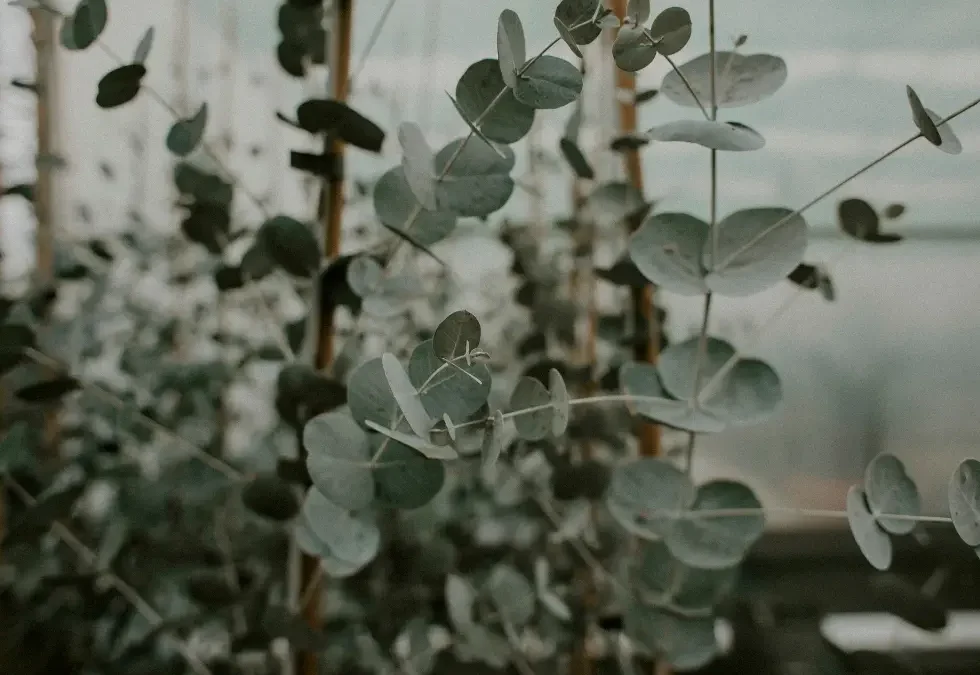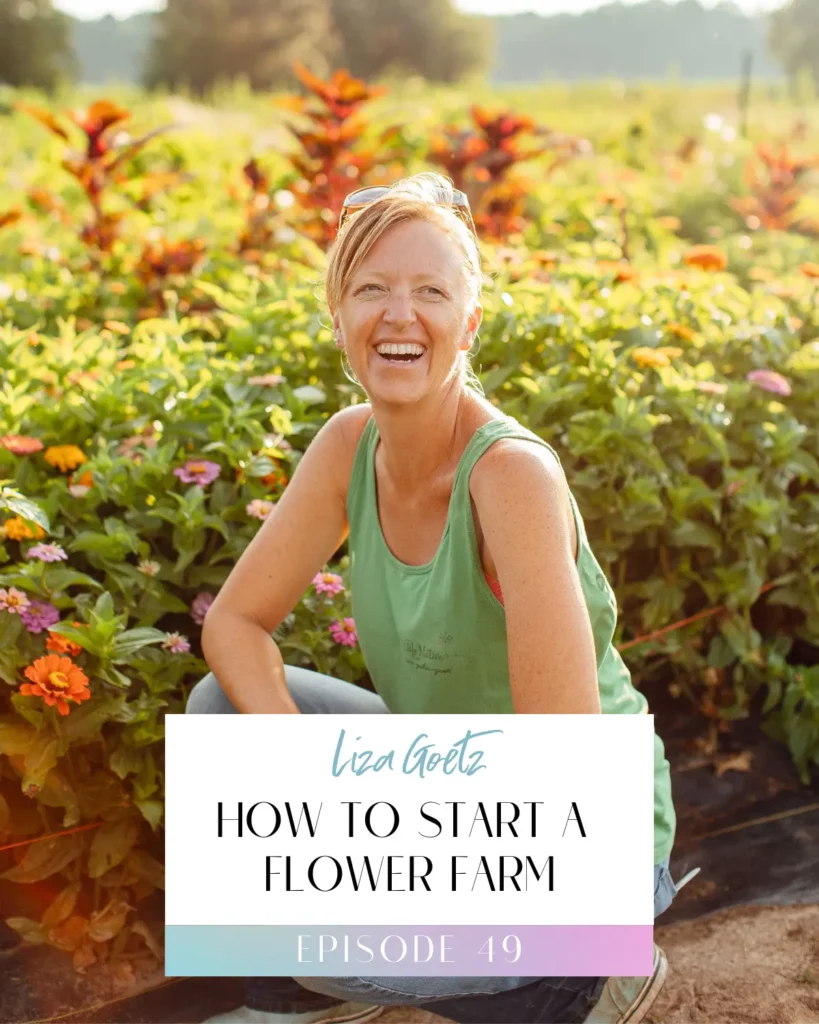
How We Started Wildly Native Flower Farm: A Journey from Seeds to Success
Welcome to Wildly Native Flower Farm! If you’ve ever wondered how to start a flower farm or what it takes to turn a passion for flowers into a thriving business, you’re in the right place. In this post, we’re diving into our journey—how we went from planting a few seeds to running a full-fledged flower farm.
The Spark: From Hobby to Business
The idea of flower farming started as a passion project. Before the official launch in 2017, we dabbled in growing flowers just for fun. The transition from hobbyist to full-time flower farmer wasn’t an overnight decision. It was a process filled with trial and error, learning, and plenty of hands in the dirt.
I (Liza) was in college when my mom first started experimenting with growing flowers seriously. By the time I graduated, the business had taken root, quite literally! The question wasn’t just how to grow flowers but also what to grow—annuals or perennials? Flowers or vegetables? The journey required careful planning and, most importantly, adaptability.
Lessons in Growing: Overcoming Challenges
One of the biggest hurdles in flower farming is figuring out logistics—how do you plant efficiently, manage weeds, and ensure sustainability? Over the years, we experimented with everything from black plastic mulch (which we later abandoned for environmental reasons) to biodegradable cornstarch fabric and UV-stabilized landscape fabric.
Beyond that, weather played a crucial role in our learning curve. Understanding seasonal shifts, pest control, and soil health was a game-changer. We had to become amateur meteorologists, constantly checking weather apps and adjusting our schedules based on forecasts.
Scaling Up: Turning Passion into Profit
Starting small helped us refine our process before scaling up. We initially focused on growing flowers but quickly realized that there was demand for custom floral arrangements. Our customers wanted more than just flowers—they wanted bouquets, wedding arrangements, and sympathy flowers. This realization pushed us to expand into floral design services, which became a cornerstone of our business.
Every year, we refine our growing techniques, from succession planting to soil enrichment, ensuring that each season is better than the last. Investing in infrastructure, like hoop houses and better irrigation systems, also helped us increase efficiency and yield.
Advice for Aspiring Flower Farmers
If you’re thinking about starting your own flower farm, here are our top three tips:
- You’ll Need More Seeds Than You Think – Our first year, we started with about 1,000 seeds. Now, we plant tens of thousands. The demand for flowers grows faster than you anticipate.
- Have a Clear End Goal – Are you selling wholesale? Doing farmer’s markets? Offering wedding florals? Knowing your direction will help you plan your farm layout and investments wisely.
- Start Small and Scale Up – You don’t need acres of land to begin. Start with a manageable plot, learn the ins and outs, and expand when you’re ready.
Looking Ahead
As we approach our 10-year anniversary, we’re reflecting on how much we’ve grown—both as a farm and as business owners. Flower farming isn’t just about growing beautiful blooms; it’s about resilience, problem-solving, and creating joy for our customers. Whether you’re looking to start your own farm or just love flowers, we hope our journey inspires you to chase your dreams, no matter how small they start.

